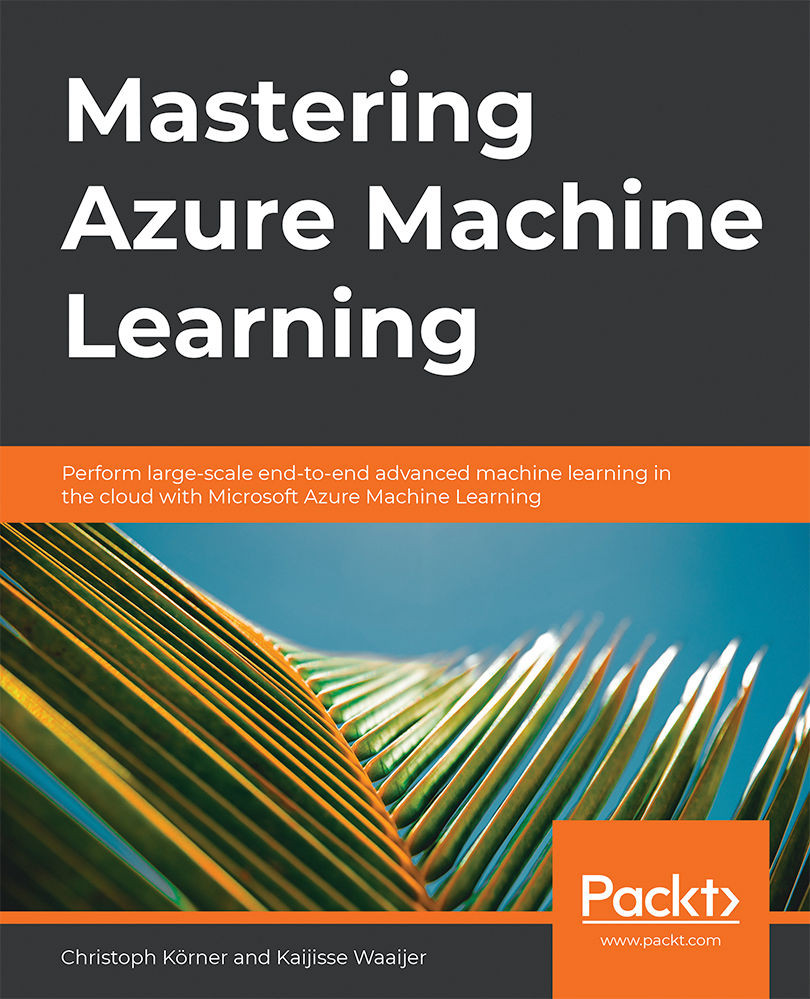Congratulations, you made it—what an incredible journey you've been on! By now, you should have learned how to preprocess data in the cloud, experiment with ML models, train deep learning models and recommendation engines on auto-scaling clusters, and optimize models and deploy them as web services to Kubernetes. Also, in the previous chapter, we learned how to automate this process as an MLOps pipeline, while ensuring high-quality builds and deployments.
In this last chapter, we will look at the most important points during this journey and help you to make the right decisions when implementing your ML project on Azure. It's easy to get lost or overwhelmed by technological and algorithmic choices; you could dive deep into modeling, infrastructure, or monitoring without getting any closer to having a good predictive model.
First, we will again remind you that ML really is mostly about data. AI should probably be called data cleansing...



 Free Chapter
Free Chapter
